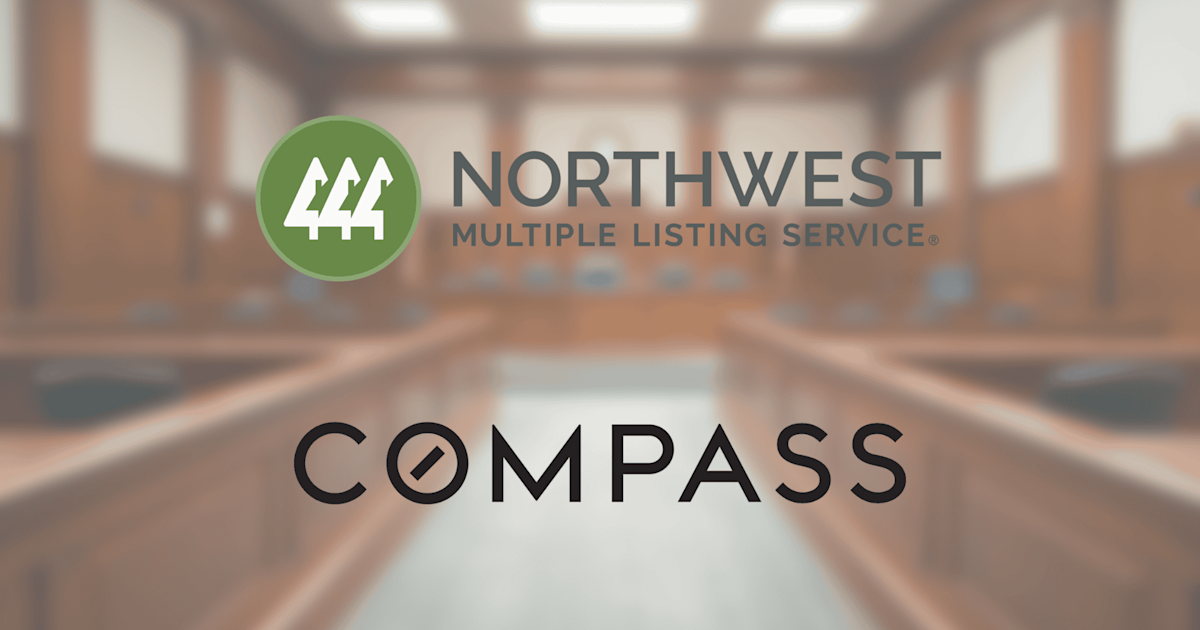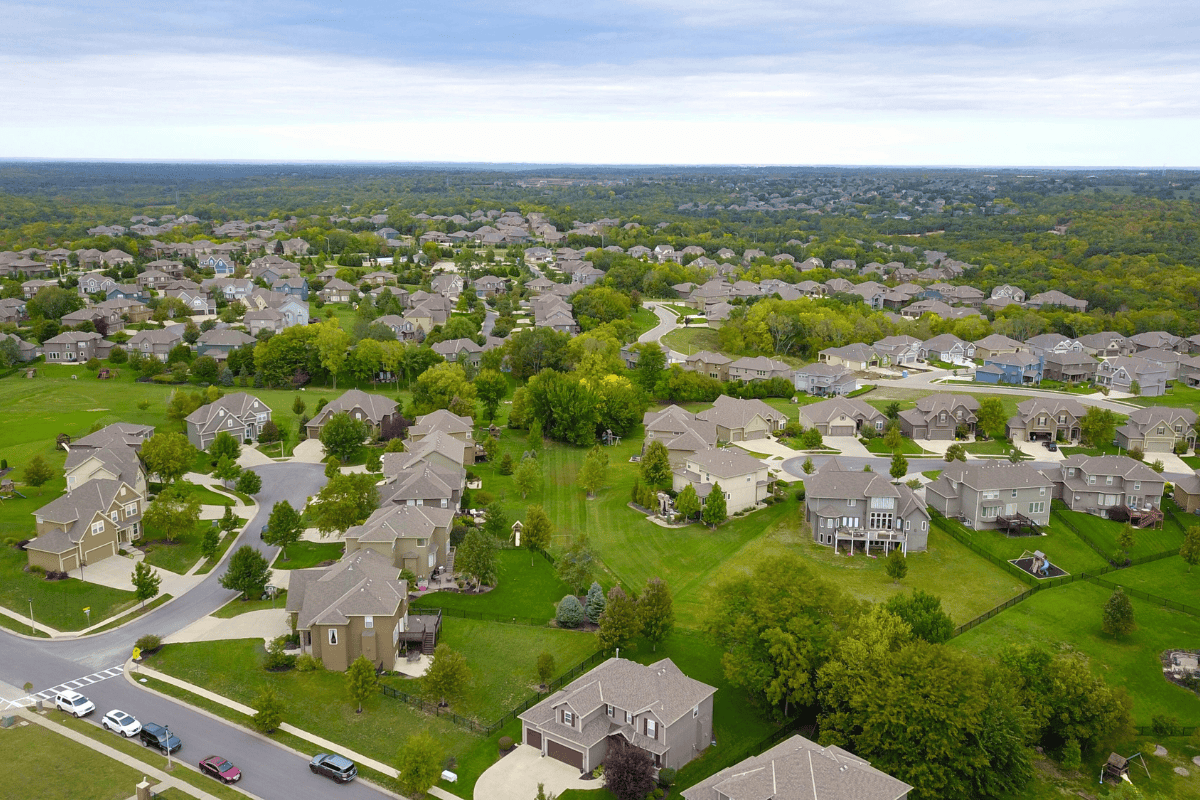T
his spring's homebuying season is poised to be a more favorable time for buyers, but only if they can afford it. The US real estate market is slowly shifting in their favor as prices rise at a slower pace and mortgage rates ease. However, the number of homes on the market remains low by historical standards.
A surge in active listings has given buyers more leverage to negotiate with sellers. In many large metro areas, including San Diego, Las Vegas, Atlanta, and Washington D.C., listings jumped between 44% and 68%. As a result, prices have started dropping in some markets, giving buyers an opportunity to snag a better deal.
The median listing price fell last month from a year earlier in most of the nation's biggest 50 metro areas. In Austin, Miami, and Kansas City, it dropped by more than 6%. This trend should give prospective homebuyers more negotiating power as they enter the market this spring.
"It's not a buyer's market yet, but it's definitely more balanced," said Joel Berner, senior economist at Realtor.com. "Buyers have more options and can be pickier about what they want."
Ryan Vasko and his wife Whitney recently navigated both sides of the housing market equation in their move from Oregon to Colorado. They sold their three-bedroom house in Portland for $505,000, but still managed to get a good deal on a four-bedroom home in Littleton, Colorado.
"We got under contract week one, found out we were pregnant week two, and put an offer on this house week three," Vasko said. "It was a whirlwind experience."
The couple's success is not unique. In many markets, buyers are finding more homes to choose from and negotiating better prices. However, the housing market remains largely unaffordable for many Americans, especially first-time buyers.
While home price growth has slowed, it's still up 47% over the last five years. And while listings are up, there are still not enough homes on the market to return the market to a balance between buyers and sellers.
Consider this: at the end of February, there were 1.24 million unsold homes on the market, which is about 44% below the monthly average going back to 1999. As a result, many households are still struggling to afford homeownership.
A household earning the median U.S. annual income of $79,223 would have to spend 47% of that to cover payments on a home at the median price of $390,333. That's the highest share of income ever recorded by the Federal Reserve Bank of Atlanta.
If mortgage rates continue to decline, it could boost buyers' purchasing power and make homeownership more affordable. However, economic forecasts suggest that rates may stay around 6.5% this year, which would still be a challenge for many buyers.
A sharp drop in the 10-year Treasury yield last week points to lower mortgage rates, but tariffs are typically inflationary and could keep rates steady or even push them higher. As a result, prospective buyers remain uncertain about their ability to afford homeownership.















